Discover how rodents in Kruger National Park play a vital role in maintaining ecosystem balance. Learn about their habits, importance, and how to spot them near Needles Lodge in Marloth Park.
The Bats of Kruger National Park: Silent Stewards of the Night
Explore the fascinating bat species of Kruger National Park. Discover their unique adaptations, behaviours, and vital roles in maintaining the park’s ecosystem.
As the sun dips below the horizon in Kruger National Park, a hidden world stirs to life. Amidst the shadows, a myriad of bat species takes flight, quietly governing the night sky and maintaining balance within the park’s ecosystem. These bats, from quick-flying insect hunters to fruit-loving pollinators, are often overlooked yet play crucial roles in pest control, pollination, and seed dispersal. Each bat species brings unique traits to the ecosystem, proving that even the smallest creatures are essential to Kruger’s rich biodiversity.
Here, we delve into five fascinating bat species you can find in Kruger. Discover the mysterious lives of these night dwellers, from the speedy Angolan Free-tailed Bat to the charismatic Wahlberg’s Epauletted Fruit Bat, each contributing uniquely to the rhythm of the African night.
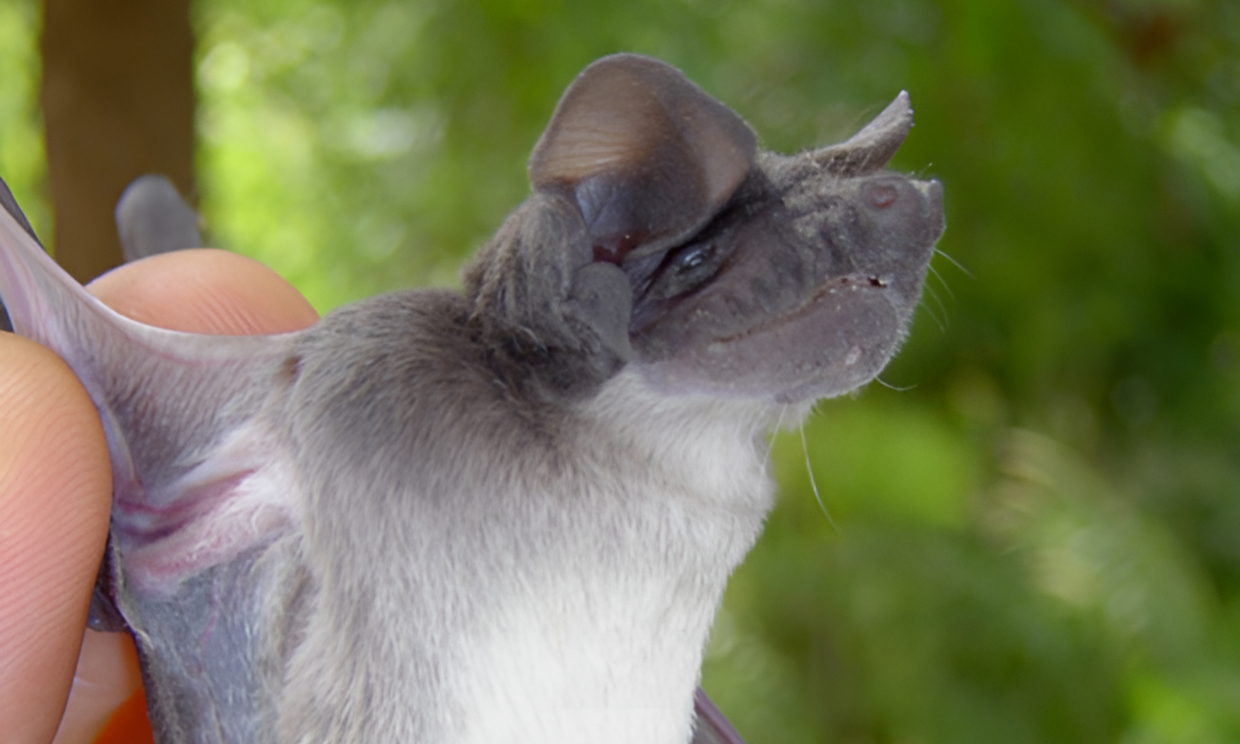
1. Ansorges Free Tailed Bat (Tadarida condylura)
The Angolan Free-tailed Bat is a master of speed and agility, earning it a place among Africa’s most impressive night hunters. With its long, narrow wings and tail that extends well beyond the wing membrane, this bat is designed for high-speed chases across open skies. Clocking speeds of up to 50 km/h, the Angolan Free-tailed Bat is a formidable predator of the night, darting through the air with impressive precision as it captures flying insects mid-flight. Its streamlined body allows it to make quick, sharp turns, helping it navigate the wide-open spaces of Kruger’s savannas and rocky outcrops.
This bat relies on an advanced echolocation system, emitting high-frequency calls that bounce off nearby objects to create a sonic map of its surroundings. These sound waves reveal the movements of even the smallest prey, enabling the bat to hunt with uncanny accuracy. By consuming vast numbers of insects each night, the Angolan Free-tailed Bat is crucial for controlling pest populations in Kruger, helping to keep the ecosystem balanced and supporting the health of local flora by preventing overgrazing of plant matter by insects.
Habitat: Prefers open savannas, rocky cliffs, and woodlands
Behaviour: High-speed flyer with agile, sharp turns; primarily active at dusk and early night
Unique Trait: Known for its extreme speed and high agility, with a tail that aids in rapid directional changes
Ecological Role: Essential in controlling insect populations, particularly flying pests like moths and beetles
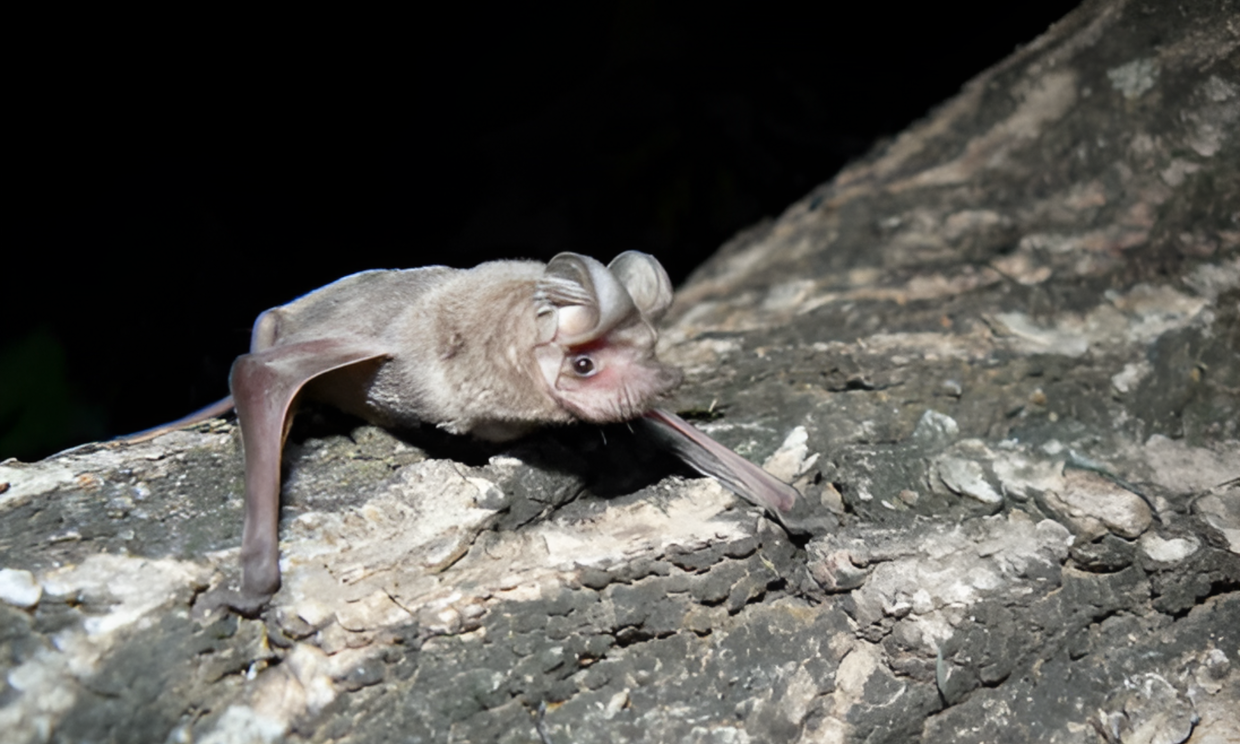
2. Little Free-tailed Bat (Tadarida pumila)
Don’t be fooled by the small stature of the Little Free-tailed Bat—this pint-sized hunter has a massive appetite and an even bigger impact on Kruger’s ecosystem. With a body length of just 8-10 cm, this diminutive bat may seem inconspicuous, but it has a remarkable ability to consume vast numbers of insects, including mosquitoes and moths, each night. Its erratic, zigzagging flight pattern close to the ground allows it to expertly capture fast-moving prey, often darting between bushes and trees in pursuit of its next meal.
The Little Free-tailed Bat’s appetite makes it a crucial player in Kruger’s natural pest control. During the rainy season, when insect populations surge, this bat becomes even more valuable, helping to curb mosquito numbers and reduce the spread of mosquito-borne diseases. Its ability to adapt to different environments, including urban areas near Kruger, shows its resilience and versatility, furthering its role as a natural pest controller in both wild and populated areas.
Habitat: Wide range, including savannas, woodlands, and urban areas around Kruger
Behaviour: Solitary and highly adaptable; hunts using quick, erratic movements close to the ground
Unique Trait: Despite its small size, it can eat its body weight in insects nightly, making it an efficient insectivore
Ecological Role: Major controller of mosquito and pest populations, especially critical during the rainy season
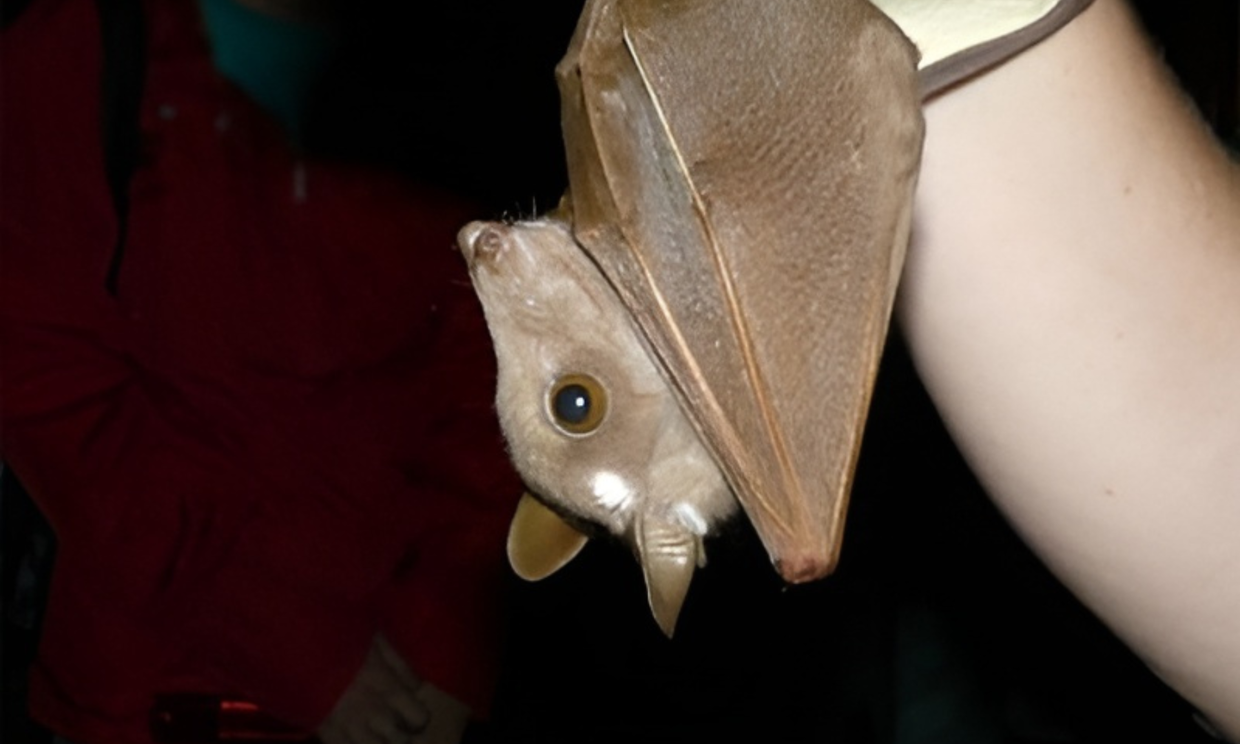
3. Wahlberg’s Epauletted Fruit Bat (Epomophorus wahlbergi)
Unlike its insectivorous cousins, the Wahlberg’s Epauletted Fruit Bat prefers a diet of fruit and nectar, earning it a title as one of Kruger’s essential pollinators. This bat is easily identifiable by the tufts of white fur, or “epaulettes,” on its shoulders—more pronounced in males, these epaulettes are displayed during mating rituals and give the bat a distinctive look. As it glides through the trees, Wahlberg’s Epauletted Bat searches for fruit and flowering plants, stopping to feed and, in doing so, spreading pollen between plants.
The epauletted bat’s feeding habits contribute significantly to the health of Kruger’s flora. By transferring pollen as it moves from one flower to another, this bat facilitates plant reproduction and supports biodiversity within the park. Its love for fruit-bearing trees means it also aids in seed dispersal, ensuring the growth of new plants. Without these nocturnal pollinators, Kruger’s plant life would struggle, impacting countless species that rely on a healthy, flourishing landscape.
Habitat: Found in woodlands, riverine forests, and near fruit-bearing trees
Behaviour: Sociable and often roosts in colonies; becomes active at dusk, seeking out fruit and flowers
Unique Trait: The white shoulder “epaulettes” used by males for courtship displays make this bat visually distinctive
Ecological Role: Key pollinator and seed disperser, supporting the park’s plant biodiversity
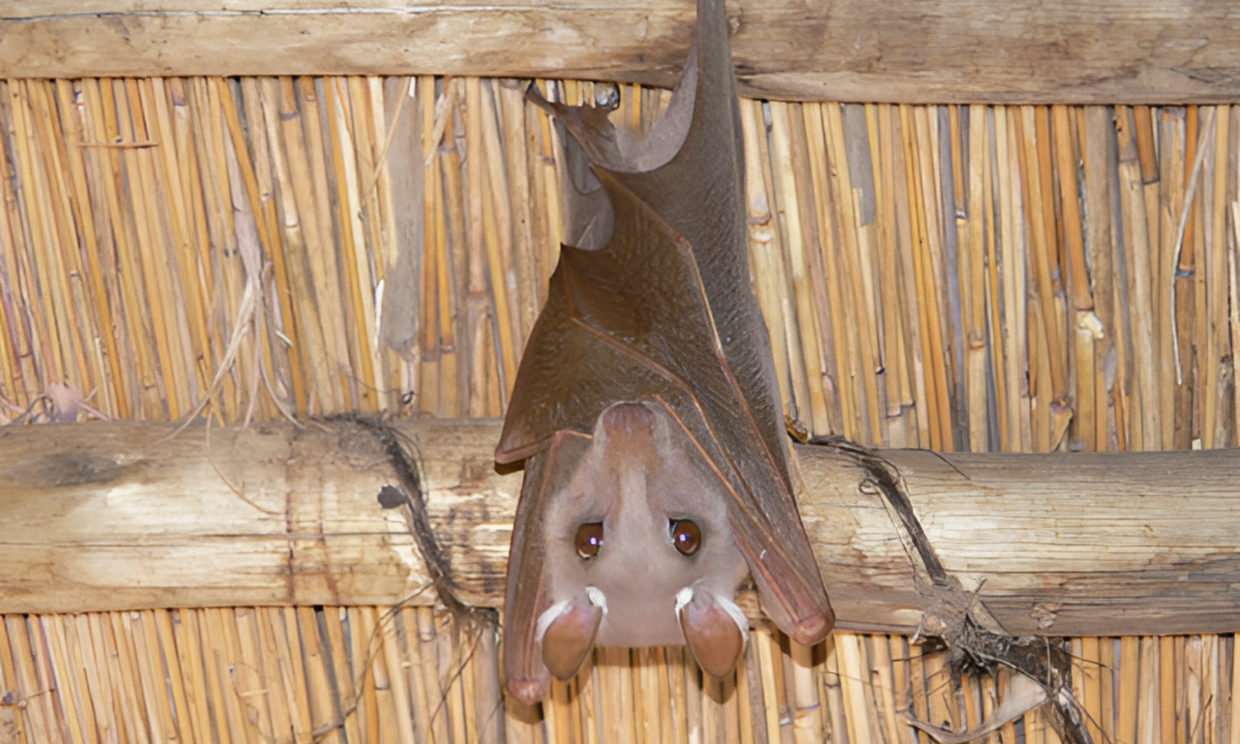
4. Peter’s Epauletted Fruit Bat (Epomophorus crypturus)
Closely related to Wahlberg’s bat, Peter’s Epauletted Fruit Bat is another remarkable frugivore that brings beauty and function to Kruger’s nocturnal ecosystem. Known for its melodic calls during the breeding season, males of this species emit a range of sounds—chirps, coos, and clicks—to attract mates. These vocalisations, paired with visual displays of the epaulettes, form a unique mating ritual that adds to Kruger’s nighttime soundscape.
Feeding on figs and other fruit, Peter’s Epauletted Bat contributes to both pollination and seed dispersal. As it feeds, it inadvertently collects pollen on its fur and spreads it between plants, much like its epauletted cousin. By dispersing seeds from the fruits it eats, this bat helps propagate new plant life throughout the park, playing a quiet but essential role in the landscape’s renewal and biodiversity.
Habitat: Prefers areas rich in fruit trees, such as fig groves and dense foliage
Behaviour: Known for its unique vocalisations during the mating season; forages at night in fruit-bearing areas
Unique Trait: Known as one of Kruger’s “night singers,” using vocal calls for courtship and territory marking
Ecological Role: Pollinator and seed disperser, ensuring the growth and spread of plant species across Kruger
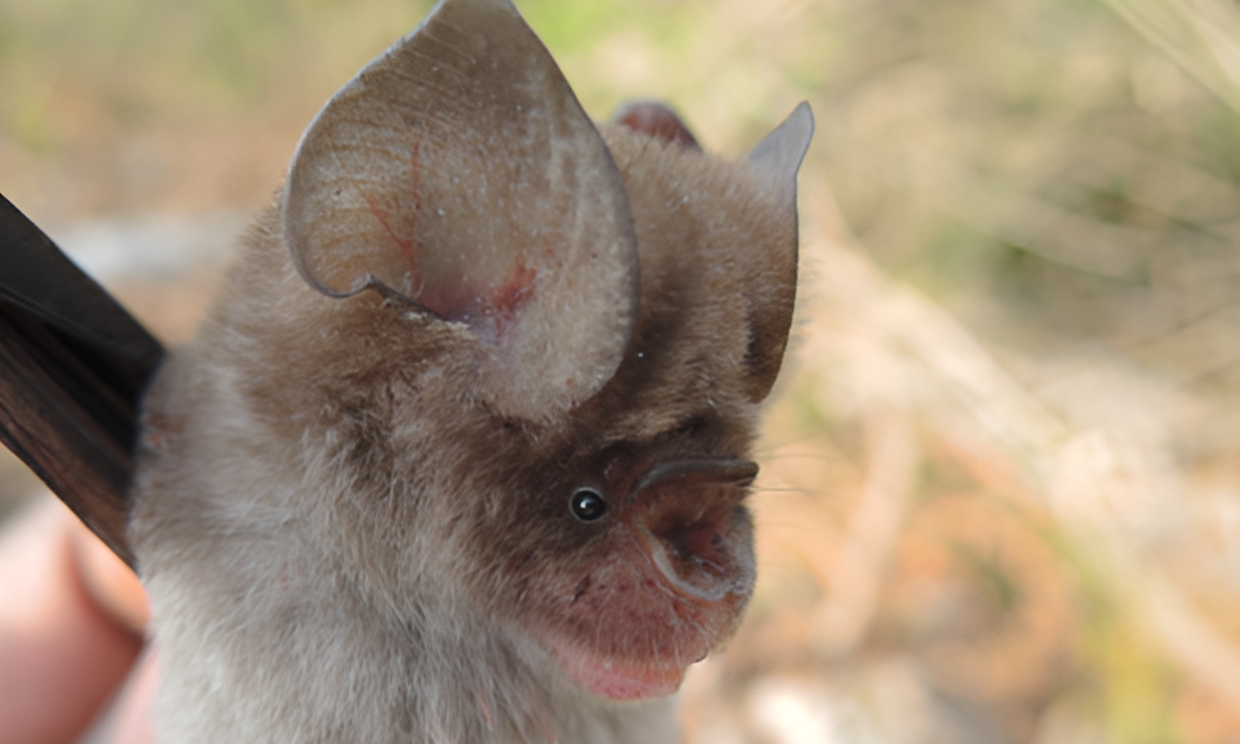
5. Sundevall’s Roundleaf Bat (Hipposideros caffer)
With its leaf-shaped nose, the Sundevall’s Roundleaf Bat is a specialist insect hunter, using its unique nose structure to fine-tune its echolocation signals. Unlike other bats that prefer wide, open spaces, Sundevall’s Roundleaf Bat is a stealthy forager of dense forests and woodlands, where it uses precise echolocation calls to navigate and hunt among branches and leaves. This high level of specialisation allows it to hunt in cluttered environments with remarkable accuracy, capturing insects hidden within the foliage.
Sundevall’s Roundleaf Bat’s foraging habits make it essential to Kruger’s ecosystem, as it targets insects that thrive in dense undergrowth. By keeping insect populations under control in these areas, it helps maintain a balanced environment, supporting the health of both plant life and other animal species in Kruger’s more densely vegetated zones.
Habitat: Dense forests, riverine woodlands, and areas with thick vegetation
Behaviour: Stealthy and solitary; uses high-precision echolocation to navigate and hunt in cluttered environments
Unique Trait: Leaf-shaped nose helps it direct echolocation calls with pinpoint accuracy
Ecological Role: Predator of insects in forested areas, maintaining ecological balance within dense vegetation
The Bats of Kruger: Small but Mighty Protectors
Kruger’s bat species may often go unnoticed, but their contributions to the park’s health are undeniable. From insect control to pollination, each bat plays a unique role in preserving the balance of Kruger’s ecosystem. Whether it’s the swift flight of the Angolan Free-tailed Bat or the seed-spreading prowess of Wahlberg’s Epauletted Bat, these nocturnal creatures quietly ensure the resilience of Kruger’s landscapes.
For those staying at Needles Lodge, these bats offer a glimpse into the hidden world of Kruger’s nightlife. As you relax under the stars, the flutters and faint chirps of these bats remind you that the wild truly never sleeps. Experience the quieter, captivating side of Kruger’s wildlife by booking your stay at Needles Lodge and uncover the secrets of the African night.
Discover Marloth Park’s Nocturnal Bats: Stay at Needles Lodge
Book your stay at Needles Lodge to explore the fascinating lives of Marloth Park’s bats, from the agile Angolan free-tailed bat to the fruit-loving Wahlberg’s epauletted bat. Witness these incredible creatures up close and experience the magic of the African night.
Further Reading
The African Pygmy Kingfisher, found near Needles Lodge, is a vibrant bird with electric blue, orange, and purple feathers. Despite its vivid colors, it blends into dense foliage. A skilled hunter, it catches insects with precision. Males perform aerial dances during breeding season. Adaptable and solitary, it nests in riverbanks or termite mounds. Though not endangered, habitat loss is a concern. Spotting this bird at Needles Lodge is a special highlight.
Africa's skies are home to a diverse array of birds of prey, each with unique adaptations for hunting and playing crucial roles in their ecosystems. Species like the African Fish Eagle and Peregrine Falcon showcase the continent's avian diversity and evolutionary marvels, while vultures, often overlooked, serve as vital ecological stewards.
Travelling abroad can sometimes seem quite intimidating. However there are many common sense tips on how to stay safe when travelling to South Africa.

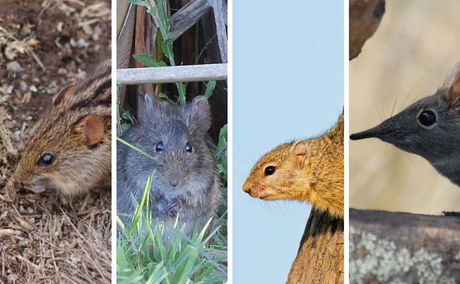
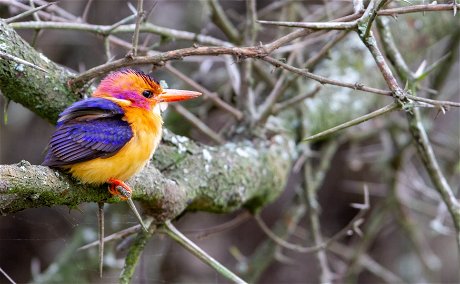
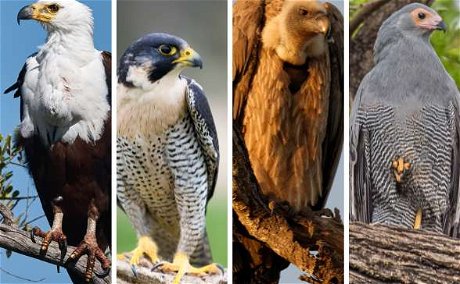


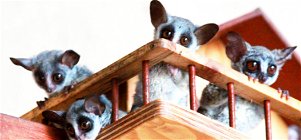
Share This Post